What is a hard drive? It's a common question and one that we're more than happy to answer. Whether you are looking for ways to upgrade your hard drive, trying to buy a computer with the right hard drive, or just trying to figure out what everyone is talking about, read on. We'll explain everything and give you tips on what hard drive properties are particularly important.
The hard drive's purpose
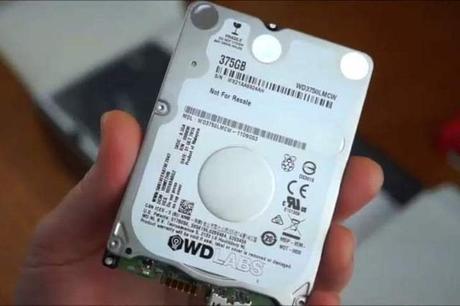
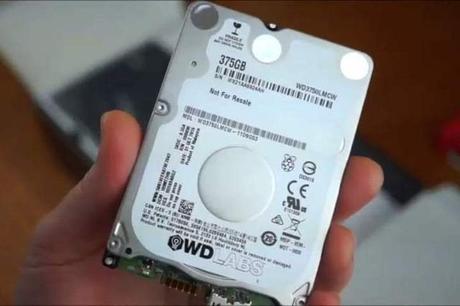
The hard drive is where a computing device stores data for the long term - not just the things you save, but all the code required for the operating system, the framework browsers use to access the internet, drivers for accessories, and everything else. When referring to computer storage, "hard drive" (or SSD, see below) is the term typically used.
Every hard drive has a specific amount of space. Some of that space is automatically consumed by the operating system and backup installations. However, the rest can be filled with data you download and save, whether it's a new app or a funny cat picture someone shared.
Hard drive space isn't as important now as it once was. That's because cloud-based software doesn't require local storage. Data can be stored in the cloud as well, freeing up precious space on the hard drive.
This cloud-based dependency - which relies on remote servers and their hard drives in data centers - is what originally fueled Google's Chrome OS platform. Chromebooks have very little physical storage space due to their reliance on streaming and cloud solutions. That's changing to some degree thanks to growing support for Google Play Android apps.
Birth of the hard drive
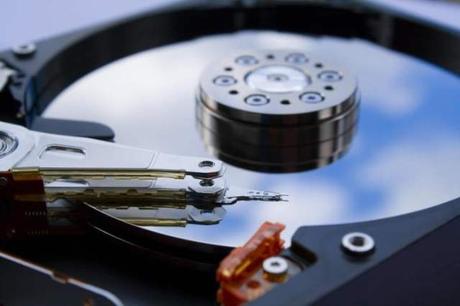
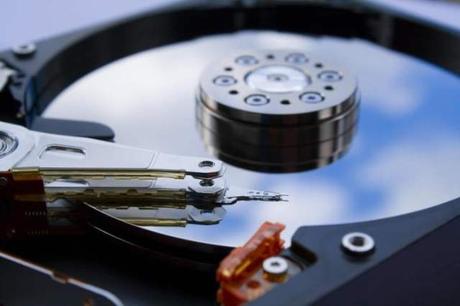
Reynold B. Johnson developed the first real hard drive at IBM, in 1956. Johnson's team originally experimented with other methods to store data on things like magnetic tape.
However, his team discovered ways to store information (in the form of bytes) on metal, magnetic disks, which they could overwrite with new information as desired. This led to the development of an automated disk that read itself in a manner similar to a record player - except much larger. The first commercially available version, RAMAC, had a hard drive nearly the size of a kitchen pantry.
Later IBM set out to develop floppy disks in the late 1960s to easily load code into their mainframes. These disks initially measured eight inches in diameter packing read-only data. The first commercially available read/write drive didn't appear until 1972 when the team's head - Alan Shugart - migrated to Memorex.
Overall, these two parts - the automated magnetic disk and the smaller, transferable "floppy" disk - became the backbone of the early hard drive. For many years, the method of storing data remained the same, while great improvements were made in how the hard drive could store, read, and eventually write data on the disk.
Two types of drives
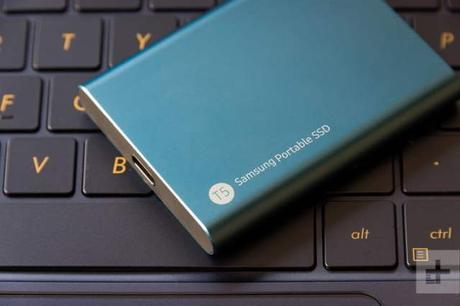
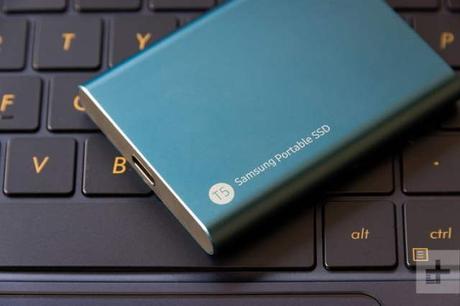
A hard drive can be internal or external.
Internal means a hard drive is located inside a computing device and has a direct connection to the motherboard, but it's not always upgradable.
For instance, the side of a desktop can be easily removed to disconnect the old drive and connect the new drive. It's a quick, simple upgrade.
On laptops, however, the upgrade process may not be quite so simple. Typically there is a door along the bottom providing access to the drive. Other laptops, like Apple's MacBooks, don't have removable storage. Read the specifications on the manufacturer's websites on how to properly change a laptop's drive.
External means a hard drive is located outside the PC and typically connects through a USB or Thunderbolt cable. This option is typically slower due to the connection, but it can also be detached from the parent PC without any major issues.
In addition to internal and external, a hard drive can be a hard disk drive (HDD) or a s olid-state drive (SSD). There's a huge difference between the two that we explain in a separate article, SSD vs HDD. However, here are the shorter explanations:
HDD: Hard drive disks use a spinning magnetic disk that holds information inscribed in very tiny tracks - a bit like a record player. This requires moving parts, specifically heads to read and write data to the disk as needed, and propulsion to spin the disk. It's a simple method, making HDDs very inexpensive to purchase, especially when creating very large storage setups.
SSD: There are no moving parts in solid-state drives. Instead, these drives use semiconductors that store information by changing the electrical state of very tiny capacitors. They are much faster than HDDs and can store information more easily without the risk of parts wearing out. SSDs are why modern PCs boot up so fast.
Important hard drive qualities


Space: Look at available specs for computers today and you'll see storage options in the multiple terabytes. SSDs are particularly important for hard drive storage because they store data in a much smaller, multi-layered space than HDDs. That's why phones can hold all our favorite music, videos, and pictures.
Speed: The speed of a hard drive depends on how fast it can read or write data. The connection to the PC also factors in. A poor connection can bottleneck the data flow and, ultimately, impact the machine's performance. For mechanical hard drives, the spin speed is also essential: 7,200RPM drives tend to be faster than 5,400RPM drives. Both are far slower than SSDs.
Physical security: Physical security is primarily about durability. Durability is vital whether the hard drive is inside a computer or an external, more portable version. The hardware needs to resist bumps and jostles. It should also have defenses against heat and other environmental issues. More advanced hard drives may also have features that help prevent hacking or discourage theft.
Connections: A hard drive may connect via SATA, PCI Express, USB, or Thunderbolt connectors. Connection type is another factor that affects speed. For example, if an external SSD connects to a USB-A 2.0 port, the maximum data flow is 60 megabytes per second, even if the SSD can read or write at 1,800 megabytes per second. Connections also determine compatibility and upgradability. Always check the connectivity of your equipment before buying or upgrading to avoid compatibility issues later.
